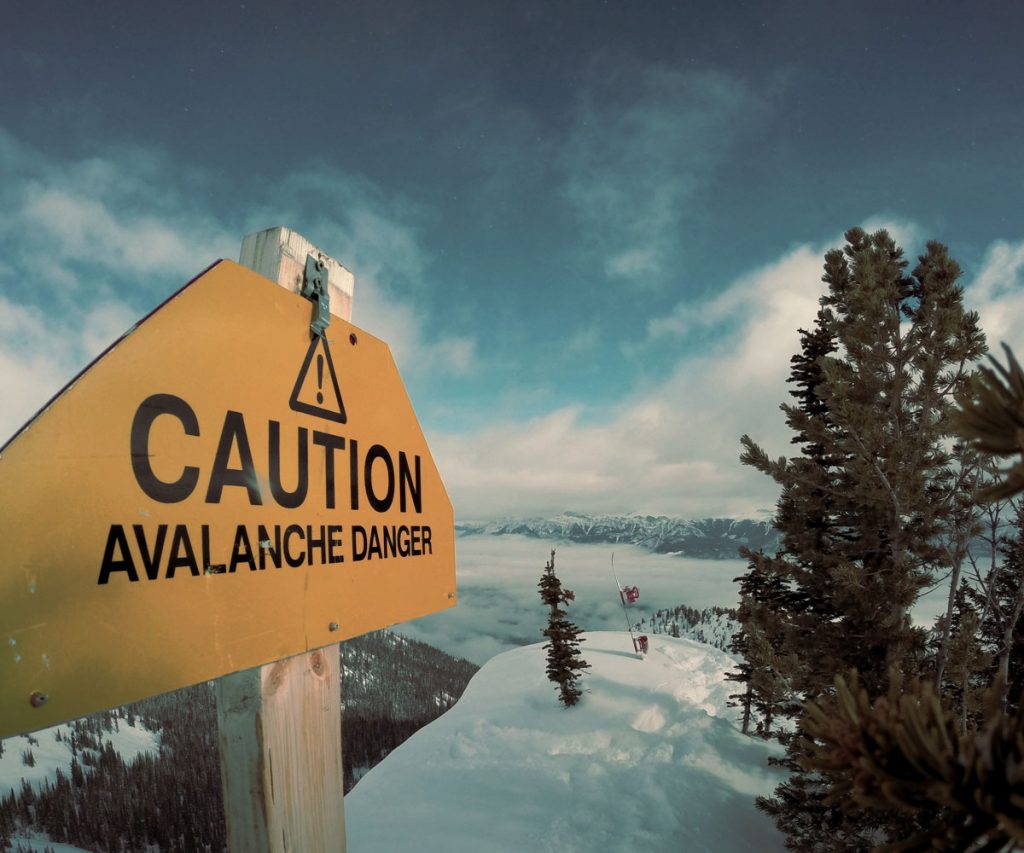
Winter’s charm is alluring and it often inspires adventures you wouldn’t normally get the chance or think to do during the summer months. Throughout the winter, there tends to be smaller crowds and you never have to fight of those pesky mosquitos! However, as fun as hiking, backpacking, camping or skiing can be, winter adventures bring a set of real dangers. If you’re ill-prepared, a day out in freezing conditions could quickly turn into a serious situation. It’s not that we’re wanting to put you off having fun outdoors at this time of year – we simply want to arm you with some of the skills you might end up needing.
Tip #1: Plan ahead

Often an afterthought (or sometimes not even considered) is the planning process of a trip. Yes, it can be boring but boring can save lives and allow you to focus on the fun. The winter pose different risks than summer months and it can often require more attention to detail during the planning stages to make sure all runs without a hitch.
Before you step outside, make sure to consider some of the following:
- Get to know the area you will be in and familiarize yourself with any risks and potential dangers.
- Make sure you know how the weather forecast is looking and don’t be scared to call it off if the weather looks too rough.
- Aim to go with friends who ideally have some backcountry knowledge and skills so that they can lend a helping hand if things go south.
- Check the avalanche forecast and get to know how to predict if an avalanche is likely by performing pack tests.
- Let others know what your plans are so that they know where you should be and when you should be back from your trip.
- If you have any doubts or concerns about the trip, voice them before you go so that nothing is overlooked.
- Plan to carry extras of the essentials like food, water, and clothing.
Tip #2: How to avoid getting lost

Poor weather conditions and lots of snow can make finding your route incredibly challenging and it becomes all too easy to get disorientated. Recent snowfall can hide usually obvious paths and the landscape can look entirely different.
- In the planning process, make sure that everyone you are going with is very familiar with the route you’re taking.
- Study maps and write down detailed descriptions of the routes you will need to take.
- Equip yourself with a GPS system and track your movements.
- Avoid the herd mentality of simply following somebody else’s tracks or the person in front of you.
- Don’t take any unnecessary risks like crossing frozen lakes and rivers or traversing through avalanche territory.
- Be prepared to take a longer route if it means that it will get you to your destination more safely.
Tip #3: Bring avalanche safety gear

When heading out to backcountry destinations, avalanches can be a real threat. As well as looking at forecasts and recent avalanches, make sure that you have the right equipment with you so that you can act accordingly and efficiently if the worst happens. You should absolutely do your research on what to do in case of an avalanche occurring and if possible, travel with someone who has experience.
- Avalanche transceivers can help you to identify anyone who has been buried by the snow. Before heading out, make sure that they are working, you know how to use them and that everyone has one.
- Probes can help you to find out how deep someone is buried which will aid you in the recovery and digging process.
- Snow shovels are compact and will make the recovery process much more efficient than it would be just using your hands, ultimately upping the chance of survival.
- Consider bringing avalanche airbags. They can be deployed if you feel yourself being dragged and will give you a better chance of staying on top of the snow rather going under.
Tip #4: Know how to build at least one shelter
If you’re camping out overnight then hopefully you will have all the right equipment to help you stay safe throughout the night. However, sometimes an overnight stay isn’t planned if some is to go wrong. This is why it is useful to know how to build an emergency shelter in the snow.
- Before attempting to make a snow cave, make sure that you’re away from dangers such as avalanches.
- Find a good snow drift where the snow has piled up from the wind and make sure that it is nicely packed.
- Begin to dig out a doorway on the back of the snow drift roughly 18 inches wide and as tall as your chest.
- Dig out the inside of the cave, large enough for you to sit up and ideally big enough for everyone in the group.
- You can make benches out of snow for you to lie on.
- Make a couple of ventilation pathways through the roof to allow air in.
- Avoid making the cave too wide so that the roof doesn’t collapse on you.
Tip #5 Know how to deal with health risks
The harsh conditions of winter can make a victim out of anyone, no matter how fit and tough you are at the time. Unlike during the summer, hypothermia and frostbite are real concerns and you should know how to identify and treat them, at least to a basic level.
Hypothermia
Hypothermia is caused by prolonged exposure to the cold where the body’s temperature drops to a dangerous level. It can be life-threatening and must be taken seriously. Normal body temperature is averages at 98.6 degrees and in hypothermia, the core temperature drops below 95 degrees. When it becomes severe, body temperature can even drop all the way down to 82 degrees.
- Look out for shivering, excessive tiredness, slurred speech and lack of communication.
- Avoid getting wet and too cold by layering up and having the correct gear for the conditions.
- Make sure to stay hydrated.
- Fuel your body with good food throughout the day.
- If you notice someone begins to show symptoms of hypothermia, make sure they are put into dry clothes.
- Give them food and liquid.
- Have someone heat up a sleeping bag for the hypothermic person to lay in.
- Warm the person by using the body heat of others.
- You can put warm water in bottles in the sleeping bag or clothes of the person.
- Consider alerting the emergency services.
Frostbite
- Frostbite usually manifests itself through numbness, lack of sensitivity to touch, tingling feelings, shivering, skin going from red to white to purple.
- Make sure that you are aware of your body’s warning signs and don’t carry on if you are concerned.
- Always stay warm and dry, especially your body’s extremities.
- If someone is showing signs of frostbite, place the affected area against the warm skin of someone else.
- Don’t heat up the area too quickly as it can cause injuries.
- You can also use warm water to heat up the affected body part.
- Avoid rubbing the area vigorously as this can also cause injury and damage the tissue.
- Be ready to call and end to the trip – don’t let ego take importance over your health and the safety of others.
 Your Privacy Choices
Your Privacy Choices
 The
The